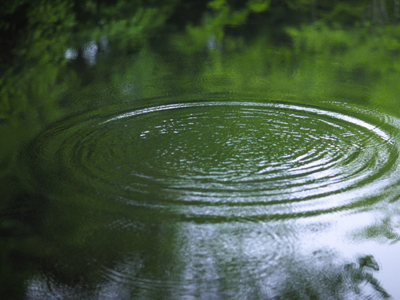

Physics - Transverse Waves (AQA)
Discover how transverse waves move, measure wavelength and frequency, and explore why electromagnetic waves all travel at the same speed through empty space.
Some of you may have immediately chosen the first option as your answer. This would have been correct if the question asked 'how would you recognise the amplitude of a wave on a diagram?'. It does not actually say what the amplitude is. The same applies to the second answer. Also, since you cannot choose two options as being correct, either option 3 or option 4 must be the right one.
The displacement of a wave is the distance that a certain point on the wave has moved from its rest position. The amplitude is the maximum displacement, therefore option 3 must be the answer the examiner wants you to give.
1. Visible light
2. Radio waves
3. Microwaves
4. Ultra violet
5. Infrared
Ready for more?
not all...
quizzers. Try to win a coveted spot on our Hall of Fame Page.






